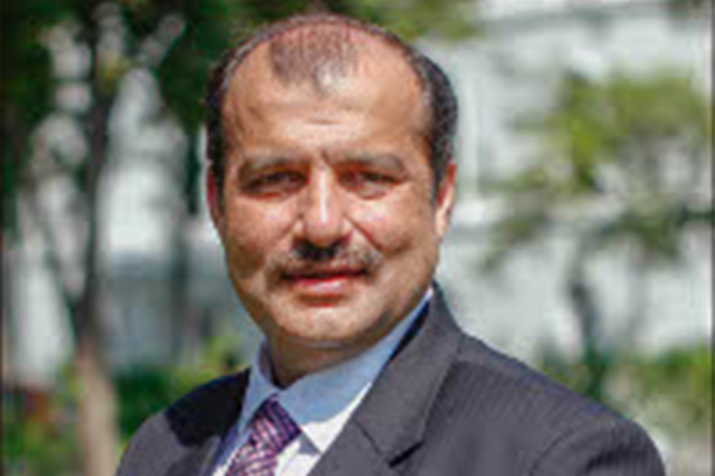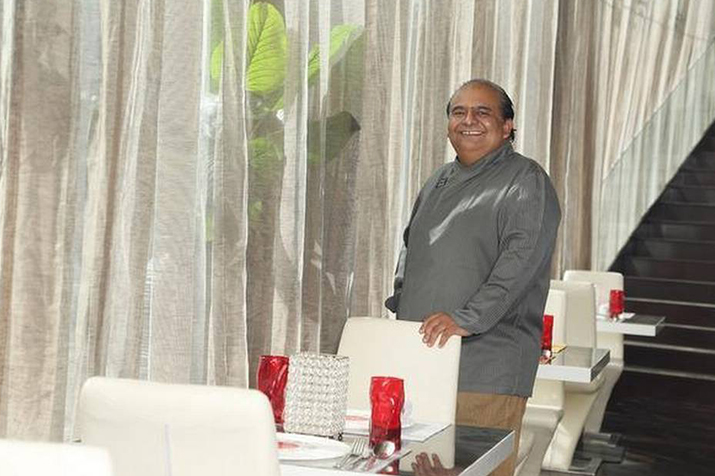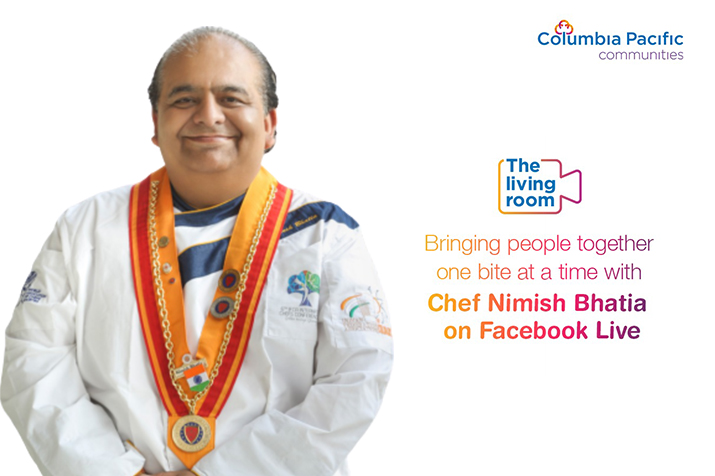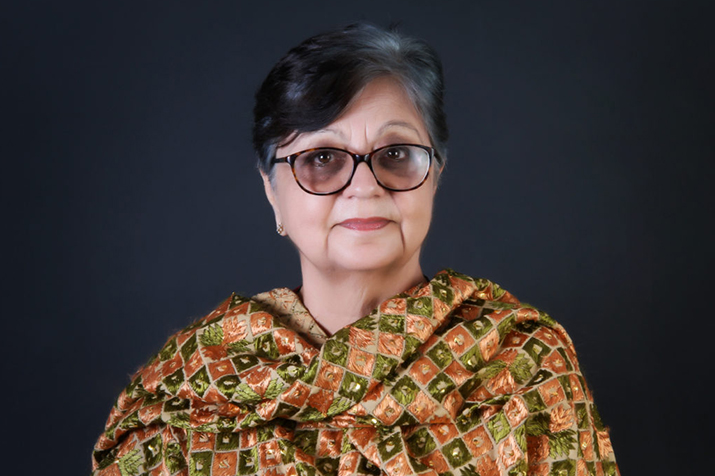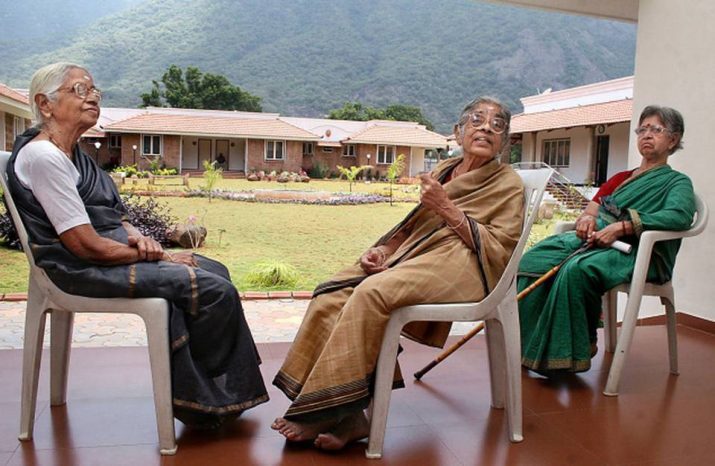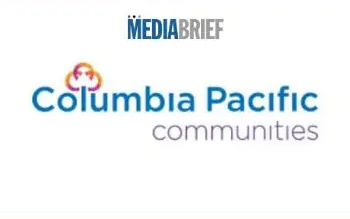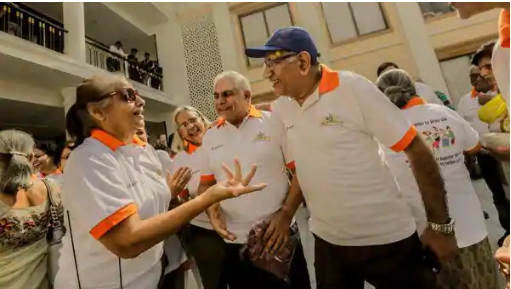The current COVID-19 pandemic is undoubtedly one of the worst in living memory for most people. The suddenness and the rapid spread of the virus across the world have caught many companies (and governments) by surprise. The reactions of many of business leaders and heads of government have ranged from shell-shocked silence to impressive displays of leadership. The pandemic is not going away anytime soon and like it or not, businesses have to start preparing themselves now to deal with the new normal post-COVID-19 because the way we work and live, transact businesses and communicate would be dramatically changed. We spoke to Piali Dasgupta, Vice President Marketing, Columbia Pacific Communities to know how her organisation is readjusting its marketing and communication strategy. Here are the excerpts- What are the changes experienced in the marketing/communication strategy developed in last 3 – 4 months The changes in marketing/communication strategy in the past quarter have been driven by three factors: Gaining customer trust back through effective communication highlighting safety and hygiene measures adopted by them along with ensuring a mostly contact free customer experience/journey. Reducing discretionary spends and focusing on ROI-driven marketing as more and more marketers adopt a “wait and watch” strategy and hold off spends on big campaigns till the situation normalises. Using hope, human connection, kindness, gratitude and empathy as the key sentiments for brand narratives. Examples of this include Swiggy’s campaign to thank the delivery boys who tirelessly deliver food and essentials to customers to Coca Cola’s UmmeedonWaaliDhoop and Asian Paints’ #stayhomestaysafe campaign, “Seniors in Command”, a campaign by Columbia Pacific Communities, to salute seniors who have gone beyond their calls of duty and during these troubled times, brand communication was certainly very high on EQ the past few months. Quick adoption to digital mediums and focusing on indoor mediums such as television to spread the brand / product message. Please tell us about change in the marketing mix Almost all digital KPIs have seen a massive uptake across demographics in the past three months – from average time spent on platforms to the number of downloads. This has resulted in brands shifting a large chunk of their offline budget to digital media. This, coupled with a drop in both CPM and CPC pricing on platforms such as Facebook by 50% and 19% globally, has led to brands across categories such as FMCG, real estate and edutech, who are looking at getting the best returns from their marketing investments given the budget cuts. Spends on television have increased post COVID with a 38% surge in TV viewing the past few months with channels such as Star Plus witnessing a significant increase in their HD viewership across major cities. There is no longer a concept of prime time in televisions as every hour is now a prime time. Television channels are offering spots at discounted prices, trying to lure advertisers to loosen their purse strings. Major advertisers such as HUL have already increased their TV inventory by almost 40%. There will be a tendency to shift print ad budgets to television. How do you foresee the shift from conventional marketing mediums to digital/social mediums? Brands that spent on theatre ads will now shift spends to OTT channels, that have seen a spike in average time spent on their platforms by 34 per cent increase. Mediums such as whatsapp, having witnessed a 40% surge in usage post COVID-19, will be used by marketers to push out sales messages or resolve customer issues. There would be many takers for audio digital – clearly the most promising medium in the future of digital marketing, and one that is largely untapped by marketers. Digital audio platforms such as JioSaavn, that have recorded an 18% increase in podcast streams in the past quarter along with a record high in average time spent on the platform to 44 minutes, will attract advertisers. What are the factors one must consider while developing marketing/communication strategy during COVID-19 times? Marketers need to be hyper aware, hyper sensitive and have their ears to the ground to avoid sounding tone deaf or cloth-eared during these troubled times. This is not a time to do a “CORONA sale” and try to capitalise on a pandemic. Nor can brands afford to be irresponsible and insensitive towards certain sections of society. A classic example of a brand communication strategy going horribly wrong was the Kent RO ad. Brands must ensure that communication is in line with the crisis at hand, while not going dark during this time. This is also a great time to build a very meaningful relationship with your customers by giving them what they most want – hope, and making them feel that you are there for them. At Columbia Pacific Communities, we launched a campaign called #PositiveLockdown which helped create an activity calendar of sorts for seniors to ensure they stay engaged and productive and look at the lockdown period positively. We also launched FB chat titled The Living Room bringing experts and luminaries to the living rooms of seniors through social media. This initiative resulted in a 193% jump in conversations. The other factor to consider would be the PM’s plea to be “vocal about local” to nurse the economy back into good health. Showcasing the “Indianness” and solving for “Bharat” would be a priority for most brand communication strategists at this point.
Continue reading “Communication and marketing in the age of COVID 19”

